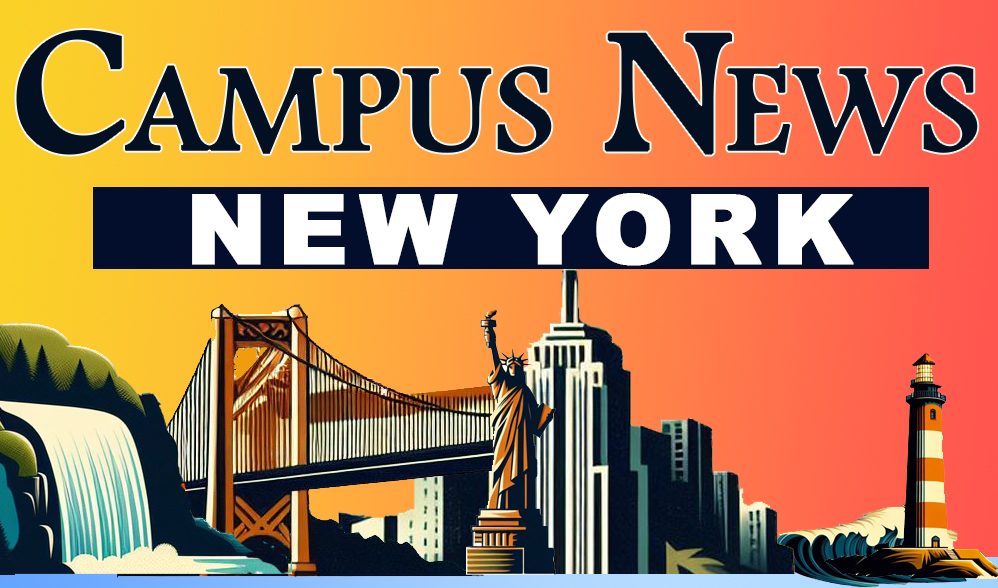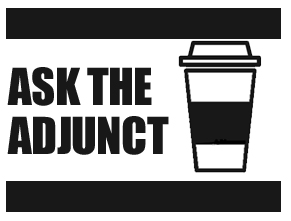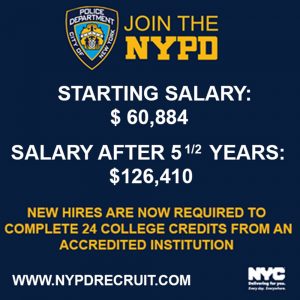By Evan Shieh
Special to Campus News
Donald Trump has promised to “terminate” New York City’s plan to impose a $9 toll on drivers entering certain parts of Manhattan on his first day back in office. He isn’t the only critic of congestion pricing; the plan has catalyzed rallies in New Jersey and on Long Island and generated headlines across the country.
These criticisms are understandable. New York City’s congestion toll will impose a financial burden on those driving to the city. But the presence of so many automobiles has created tremendous costs beyond time lost in traffic.
Congestion pricing presents an opportunity to rebalance these societal costs and create spaces that prioritize people over cars. As such, it should be a policy goal for communities nationwide.
Let’s uncover the hidden costs of a car-centric culture. New Yorkers – a majority of whom do not own cars – collectively subsidize 3 million free parking spaces across the city. But those automobiles spend 95% of their lifetime parked, ironically making streets and traffic more congested while providing little benefit for most of the day.
Automobiles also consume valuable urban space. On average, American cities sacrifice a staggering 22% of their land to accommodate parking, resulting in nearly seven parking spots for every car.
Then there are the environmental costs. A single car releases about 4.6 tons of climate-warming carbon dioxide annually. Asphalt-paved streets and impermeable parking lots also create stormwater runoff issues and make cities even hotter.
Shifting more of these societal costs to car owners would allow cities to invest more in parks, public transit systems, and other shared amenities that enhance quality of life for all residents.
Cities with congestion pricing policies are already reaping these benefits. Stockholm implemented congestion pricing in 2006, while Singapore has utilized it for nearly 50 years.
In Stockholm, traffic has plummeted, and transit has become more affordable and reliable. Even as the city’s population jumped 10% in the decade post-congestion pricing, its traffic declined 22%. Singapore’s transit system is among the world’s best, and it is one of the greenest and most livable cities worldwide.
Congestion pricing may sound novel, but many U.S. cities have taken steps to prioritize pedestrians before. In 2009, New York City leaders transformed highly congested areas -- including Times Square and Herald Square -- by reclaiming driving and parking lanes. These changes, along with investments in bus and bike-friendly infrastructure, helped create the pedestrian-friendly landmarks we know today.
How we choose to move around our cities impacts their evolution. Congestion pricing provides yet another critical opportunity to disrupt the status quo and spark new social norms.
New York City’s congestion toll may be an initial fiscal burden on those using cars to commute into the city. But the bias toward automobiles has exacted a far greater toll on the city’s residents for decades.
 Evan Shieh is an architect, urbanist, researcher, and assistant professor of architecture at New York Institute of Technology.
Evan Shieh is an architect, urbanist, researcher, and assistant professor of architecture at New York Institute of Technology.








Facebook Comments